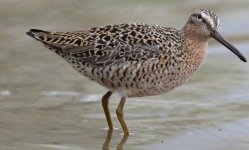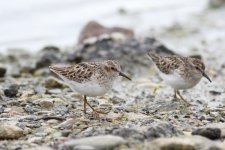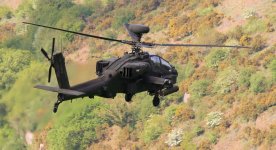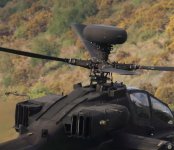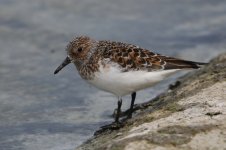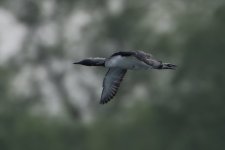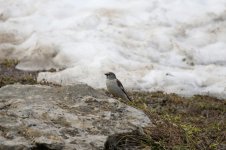Yeah Roy my copy is gathering dust in the cupboard and I am making do with the 70d for now,getting nice results with 70d but it's well slow compared to AF and FPS of 7d2 and just about everything else for that matter.
Been let down to many times now with my 7d2 and I just can't trust it to come up with the AF when needed.
Well Jel of all you with gooduns as its a great camera to use and the ten frames a second sounds so sweet when shooting plus it balances much nicer with my lenses than my old 7d used to and also now my 70d.Think I will just bide my time and maybe pick up a good used one in the near future,can't really sell mine on as I would hate to land someone else with the same problem.
It maybe worth money in years to come if Canon open up a monster museum.
Cheers lads and keep posting the shots on this thread.
Bob
I missed a bunch of this thread, but have you had them check it out ?
I saw a lot of mirror box/AF replacements elsewhere.
A few quick off the cam downsized rips from yesterday. Killed these down to 1200 pix but the least sandpipers is the full frame, the dowitcher cropped slightly on the edges as I was tossing it up on the ID. Light was not great, 1/1000 on sands 1/1600 dowitcher, tripod in use. 1/1600 is not enough for dowitchers feeding really (neither is 1/2000). I would have preferred faster on the sands also. But the sky was angry at the time.
Attachments
Last edited:




